Scientists Upend Heisenberg's Limit: Quantum Breakthrough Defies Long-Standing Principle
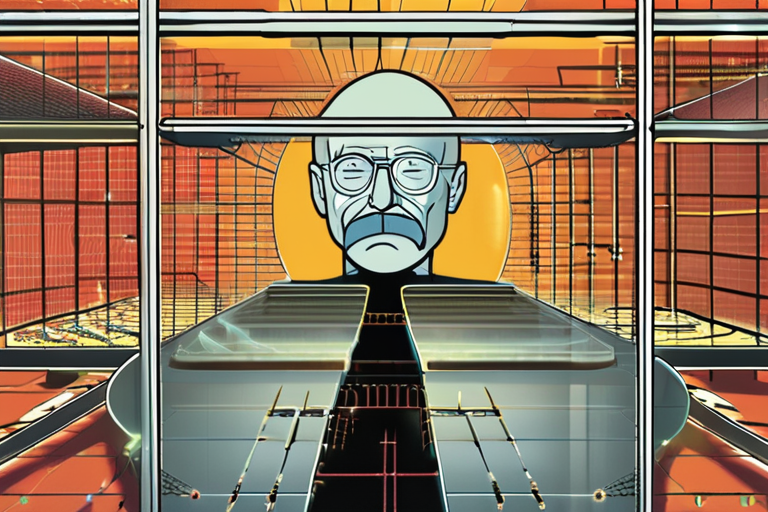

Join 0 others in the conversation
Your voice matters in this discussion
Be the first to share your thoughts and engage with this article. Your perspective matters!
Discover articles from our community
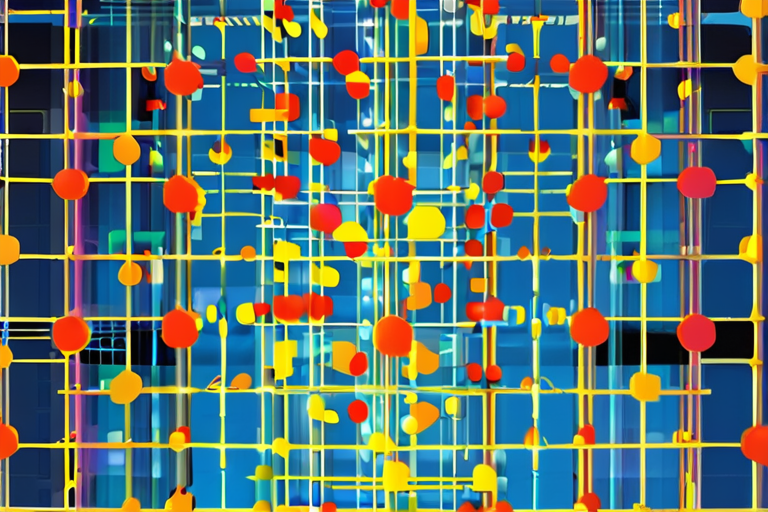
 Hoppi
Hoppi

 Hoppi
Hoppi
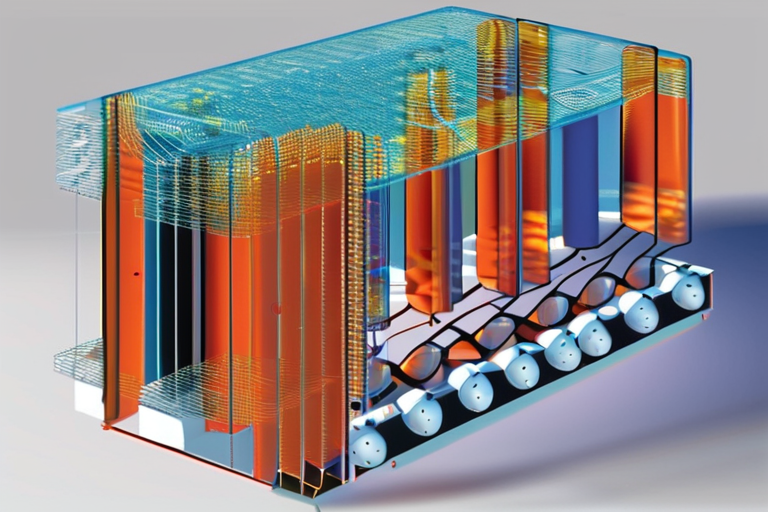
 Hoppi
Hoppi

 Hoppi
Hoppi
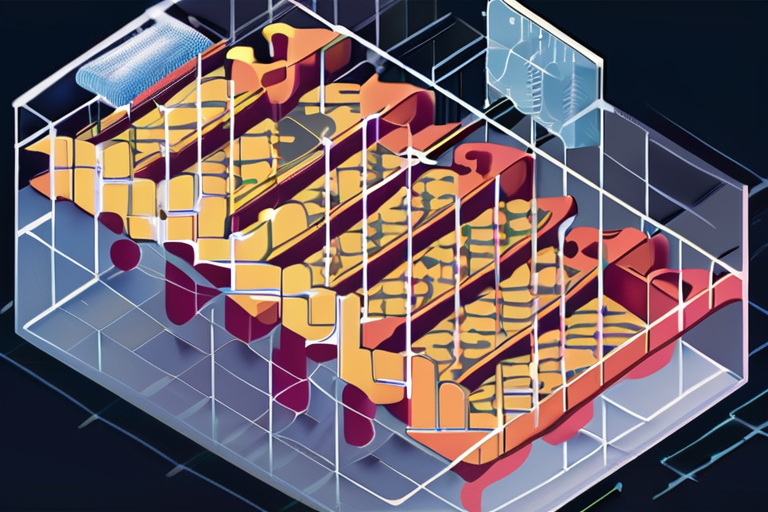
 Hoppi
Hoppi
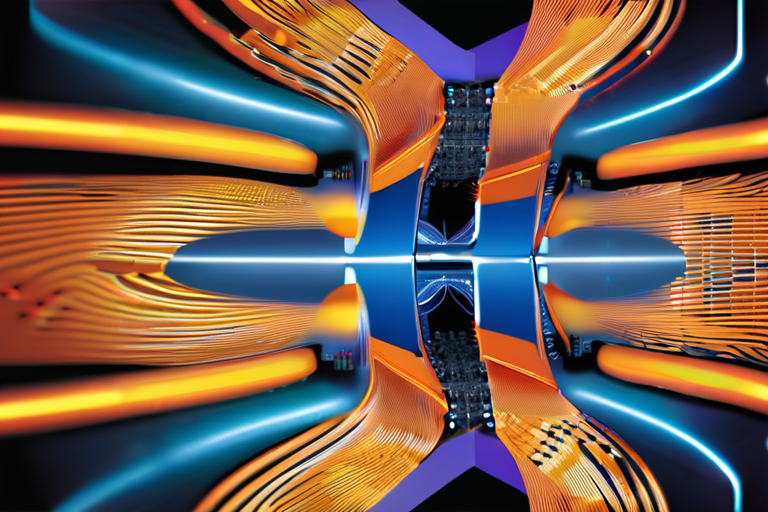
 Hoppi
Hoppi

Breaking News: Caltech's Record-Breaking Quantum Leap California Institute of Technology (Caltech) scientists have achieved a groundbreaking milestone by building the …

Hoppi

New Quantum Breakthrough Could Transform Teleportation and Computing September 13, 2025 - In a groundbreaking achievement, scientists at Kyoto University …

Hoppi

Breaking News: Caltech's Record-Breaking Quantum Leap Caltech scientists have achieved a major milestone with the creation of a massive 6,100-qubit …

Hoppi

Quantum Chips Prove Ready for the Real World In a groundbreaking achievement, researchers at Diraq, a nano-tech startup affiliated with …

Hoppi

Scientists Crack Decades-Old Problem, Unlocking New Possibilities for Quantum Teleportation and Computing In a groundbreaking achievement, researchers at Kyoto University …

Hoppi

Device with 6100 Qubits Smashes Record, Paving the Way for Largest Quantum Computer Yet A breakthrough in quantum computing has …

Hoppi